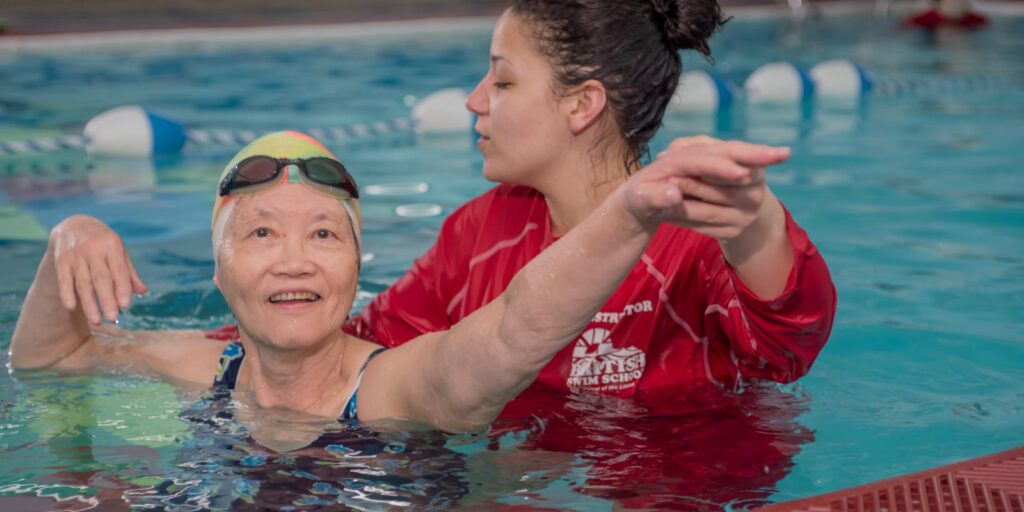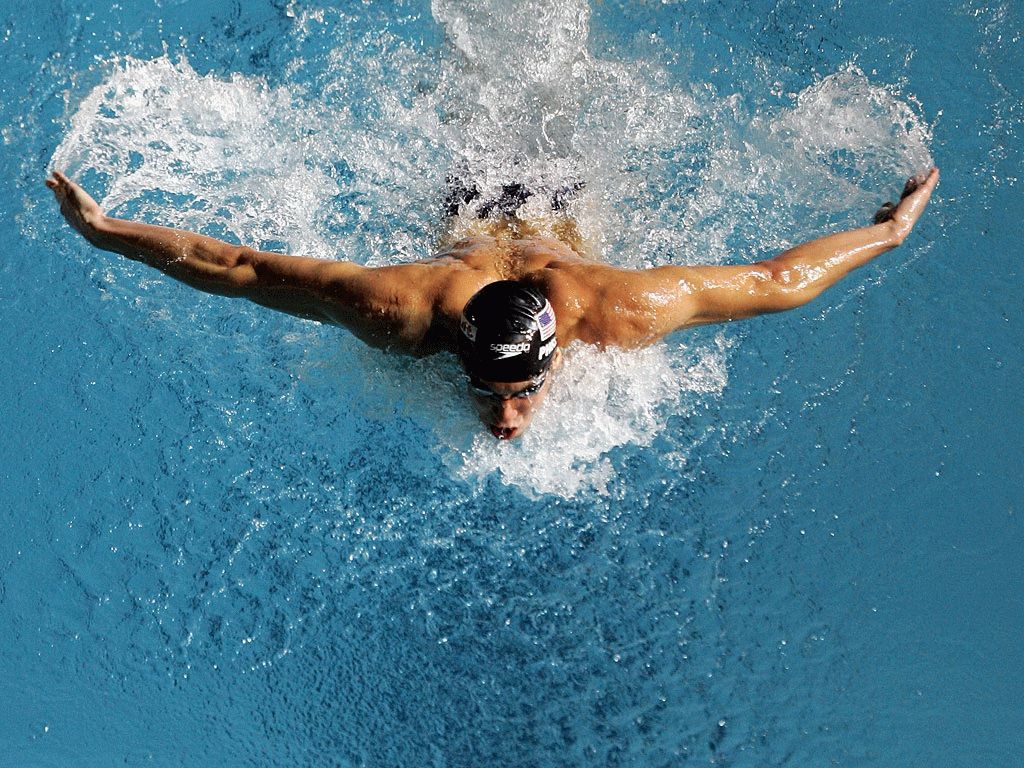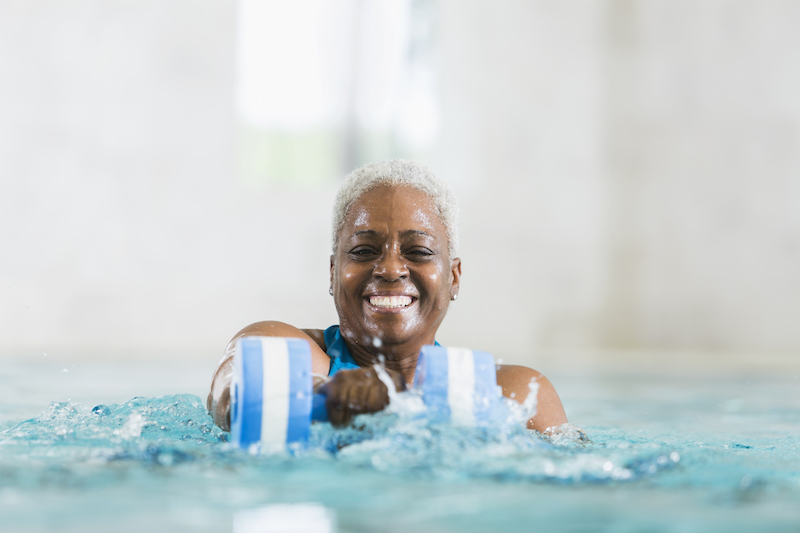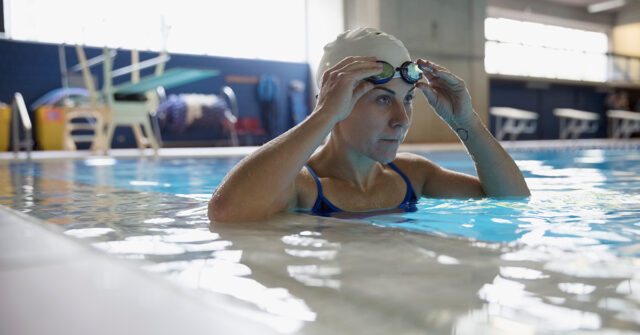There are a few swimming lessons seniors must learn to be safe in the water and stay healthy. Swimming is a great way to stay active, but it’s important to take the proper precautions. In this blog post, we will explore some of the lessons seniors should take to stay safe and healthy. From learning how to float to avoiding rip currents, these tips will help you enjoy your time in the water while staying safe.
Drowning is the Leading Cause of Death for Seniors
Drowning is the leading cause of death for seniors, according to the Centers for Disease Control and Prevention (CDC). In fact, more than one in four fatal drownings involve people over the age of 65. The good news is that there are things seniors can do to stay safe in and around water.
Swimming lessons for adults are a great way for seniors to stay safe in the water. Even if you’re a strong swimmer, it’s important to take lessons to brush up on your skills and learn about new safety techniques. If you’re not a strong swimmer, this will give you the confidence and skills you need to stay safe in the water.
There are also things seniors can do to stay safe around water without getting in. For example, wearing a life jacket or personal floatation device (PFD) can help keep you safe if you fall into water. If you’re boating, make sure everyone on board is wearing a life jacket. And, be sure to check the weather conditions before heading out onto the water – strong winds and waves can create dangerous conditions even for experienced swimmers and boaters.
By taking some simple precautions, seniors can enjoy all that summer has to offer – without putting their safety at risk.
What are the Best Swimming Strokes for Seniors?

There are four main strokes used in swimming: the freestyle, breaststroke, backstroke, and butterfly. While all of these strokes can be beneficial for seniors, some may be better than others depending on individual circumstances.
The freestyle is often considered the best stroke for seniors because it is relatively easy to learn and doesn’t put too much strain on the body. Additionally, it is a great way to get a full-body workout while still being low-impact.
Breaststroke can also be a good option for seniors as it is a slower and more controlled stroke. This can help reduce the risk of injury, making it a good choice for those with joint issues or other health concerns.
Backstroke is another good option for seniors as it is relatively easy to learn and doesn’t require much upper body strength. Additionally, this stroke can help improve flexibility and range of motion.
Butterfly may not be the best choice for seniors as it is a more advanced stroke that requires more upper body strength and coordination. Additionally, this stroke puts more strain on the joints and muscles, which could lead to injuries.
How to Stay Safe While Swimming?
As we age, it’s important to take precautions while swimming to stay safe and healthy. Here are some tips:
- Check with your doctor before swimming if you have any health concerns.
- Don’t swim alone – have someone with you in case of an emergency.
- Swim in designated areas only – stay away from areas with strong currents or where there is no lifeguard on duty.
- Wear proper swim attire – snug-fitting clothes that won’t impede your movement, and shoes to protect your feet from sharp objects or hot surfaces.
- Be aware of your surroundings – look for hazards such as slippery surfaces, inclement weather, or wildlife.
- Use caution when diving – enter the water feet first to avoid head injuries.
What are the Benefits of Swimming for Seniors?

Swimming is a great low-impact workout for seniors. It’s also a great way to stay cool in the summer months. It can help improve your flexibility, cardiovascular fitness, and muscle strength.
It is also a great way to socialize and meet new friends. Many seniors enjoy it because it’s a great way to stay active without putting too much strain on their joints.
If you are a senior citizen and are looking for a fun and healthy activity, consider swimming!
How to Find a Good Swimming Instructor?
It is essential for seniors to find a reputable and certified swimming instructor to avoid any injuries. Here are some tips on how to find a good instructor:
- Check the credentials of the swimming instructor. Make sure that they are certified by a recognized organization such as the American Red Cross or the YMCA.
- Ask around for recommendations from friends or family members who have taken swimming lessons from a particular instructor.
- Read online reviews about different instructors in your area.
- Schedule a trial lesson with a few different instructors to see which one is the best fit for you.
What are the Swimming Lessons Seniors Must Learn?

There are a variety of lessons seniors can take to improve their skills in the water. Many seniors enjoy taking group or private lessons to improve their technique, while others prefer to participate in water aerobics classes to stay active. Some popular swimming lessons for seniors include:
- Basic swimming techniques: In these lessons, seniors will learn how to properly float, kick, and stroke their arms through the water. They will also learn how to perform basic turns and how to safely enter and exit the pool.
- Swimming laps: In lap swimming lessons, seniors will learn how to swim laps for exercise or recreation. They will also learn how to use different strokes and turns to swim efficiently.
- Water safety: In these lessons, seniors will learn about common dangers in and around water, such as rip currents and hypothermia. They will also learn how to identify and avoid dangerous situations, and what to do if they find themselves in trouble.
Conclusion
Swimming is a great way for seniors to stay active and healthy, but it’s important to be aware of the risks. That’s why we’ve compiled a list of swimming lessons seniors should take to help them stay safe and healthy while enjoying this amazing activity. We hope you found this article helpful and that you’ll consider taking some swimming lessons to improve your safety and health. Thanks for reading!




